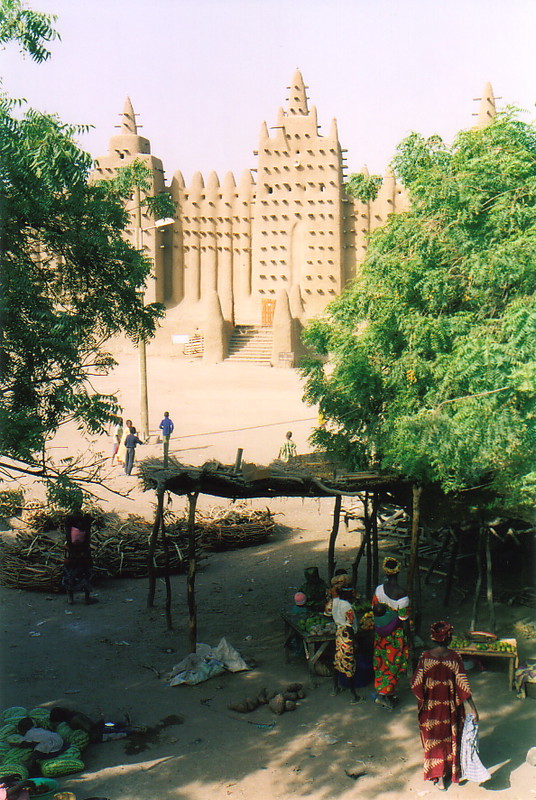
I had three reasons for returning to Mopti, hardly my favourite place in Mali: I wanted to extend my visa; I wanted to visit Djenné; and I wanted to work out the best way to get to Dogon Country, the famous trekking area to the southeast of Mopti. Given the amount of hassle I encountered in Mopti the last time I was lucky enough to wash up there, I didn't relish any of these tasks.
Luckily, extending my visa was no problem. At first the policeman at the desk turned me away, asking me to come back in 20 minutes. I did just that, when he informed me that the immigration officer still wasn't here, but I could wait if I wanted. I had nothing else to do, so I sat down in the corner next to a large pile of boxes labelled 'Tear Gas – Highly Toxic' and sat there with a fixed and incredibly subservient smile on my lips until the man I needed to see hobbled into view five minutes later. After some more smiling, some idle chit-chat and a couple of signatures, he stamped a week's extension of my tourist visa into my passport, and I walked as fast as I could back to my hotel.
Next, I needed transport to Djenné. Of course, the man at the gare informed me that there were no bush taxis heading to Djenné; this is an irritating aspect of Malian transport that seems to be random – sometimes there are bush taxis, sometimes there aren't – so I went for the other option of buying a ticket for the 20-person bus and waiting for it to fill up. Four hours later it finally pulled out of town, rattled for three hours through the dusty outback, and deposited me and my numb bottom in Djenné.
The Mud Mosque
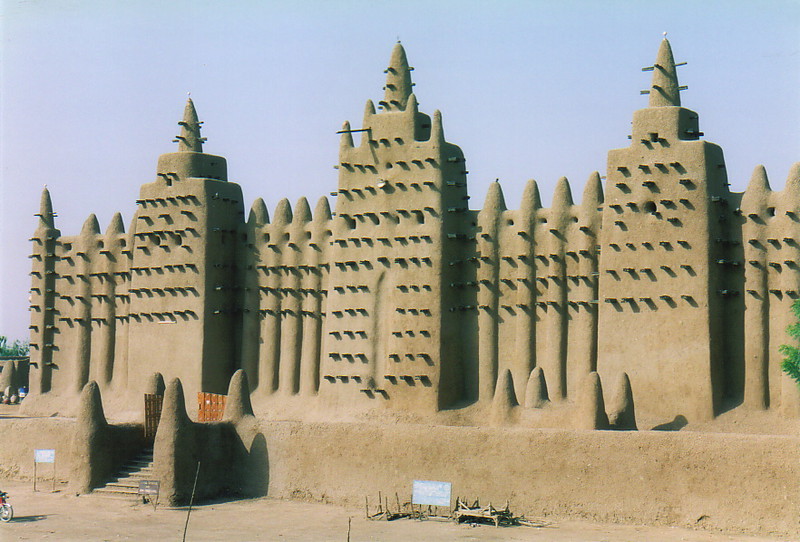
Djenné is an incredible place. I was expecting tourists and touts galore, but I got neither. Sure, I was befriended by Assiké, a hopeful guide on the ferry across the River Bani who stuck with me until I got to my hotel, but he was pretty pleasant and I was planning to take a guide to explore the town anyway, so I humoured him, as at least he kept the other guides away. Meanwhile, Djenné appears to be totally devoid of other tourists; I saw two toubabs leaving just as I arrived, but that's it. This is a surprise, as in Mopti I shared the mission's dormitory with about ten other travellers, the largest number I've seen in one place in my whole trip. I thought the tourist season must be starting in earnest, but Djenné seems to have missed the boat.
This could be because most tourists come to Djenné on a Monday, in time for the busy market that wakes the town up after the weekend; but luckily Djenné is a lovely place at any time of the week. After tracking down the Residence Tapama, a picturesque hotel with a tranquil courtyard which I figured would be perfect for a spot of writing, I made arrangements to meet Assiké at 8am the following morning for a tour of the town, and set off for an evening stroll. I fell for the place instantly.
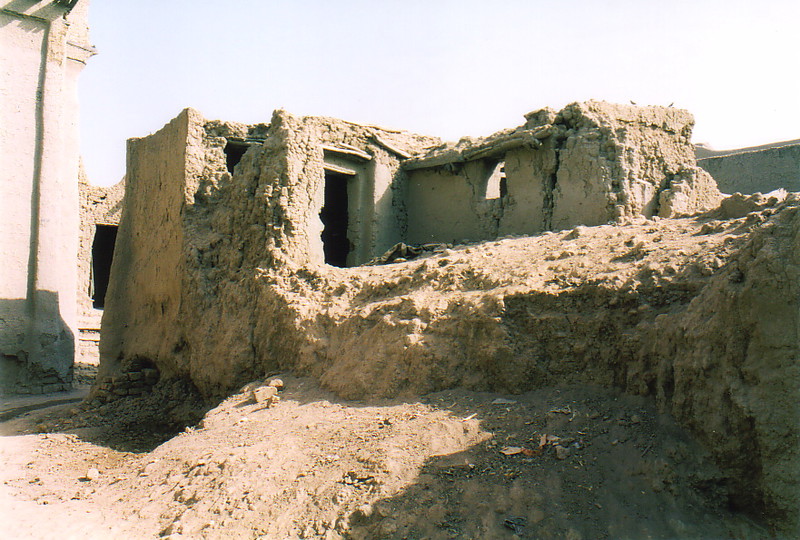
Djenné is perched on a small island in the middle of the River Bani – not a big river at this time of year – and it's almost entirely made out of mud. Its main claim to fame is the massive mosque overlooking the market, the biggest mud building in the world and surely one of the most beautiful.
Because the mosque gets re-coated in mud every year, it's in excellent condition, though as it was only built in 1905 it's not exactly ancient. The design, though, is based on the original mosque that was built here in the 11th century, so it doesn't take a great deal of imagination to picture yourself in an ancient mud city from yesteryear.
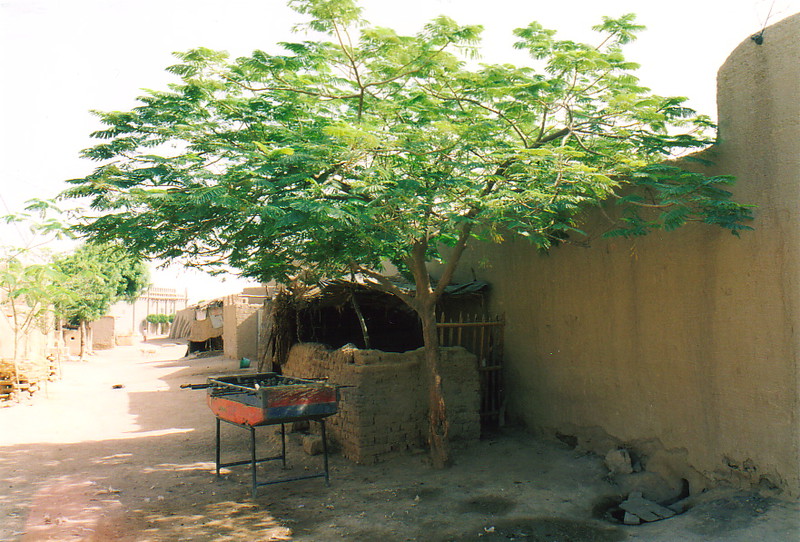
The Djenné mosque is a classic Sahel-style building. It has the usual wooden spars sticking out of the grey-brown mud walls, but for some reason they look particularly attractive. Perhaps it's because they're totally neat and regular, jutting out perpendicularly, each of them almost the same length. Compared to the messy stubble effect of the mosque in Gao, the mosque in Djenné is a work of art. Most Sahel mosques look like mangy porcupines; Djenné's looks like a neatly trimmed Mr Potato Head.
The wooden spars have a purpose other than the aesthetic, though. They're part of the supporting wooden frame around which the mosque's mud bricks are clustered, but they're also useful as instant scaffolding for the month-long period each year when the mud that covers the bricks is renewed. Around 4000 people smother the spars with ladders and planks, slapping on the mixture of mud and vegetation that gives the mosque its chocolate gateau exterior. Djenné isn't just a great sight, it's a monument to the dedication of the locals.
Friendly People
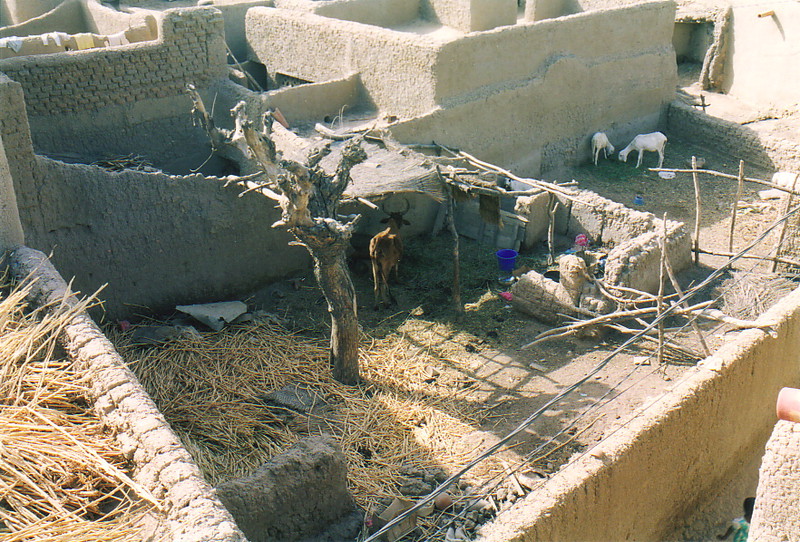
The mosque might be spiky, but the people aren't. I found Djenné to be the friendliest place imaginable, and wandering round the streets in the evening was completely delightful. There are tiny children everywhere, and they are astoundingly cute; I don't know if there's a reason for their politeness compared to other tourist destinations in Mali, but as I wandered around town the kids all shouted «Ça va toubabou?» and all but a hardy few stopped short of asking for a cadeau, the local euphemism for money. Some kids tried to persuade me to take their photos, but the vast, vast majority were simply delightful; indeed, while wandering down one street after dark, I was accosted by a group of about ten tiny kids, who insisted on dancing round me, singing a happy little tune until their mothers chased them away. It was enchanting.
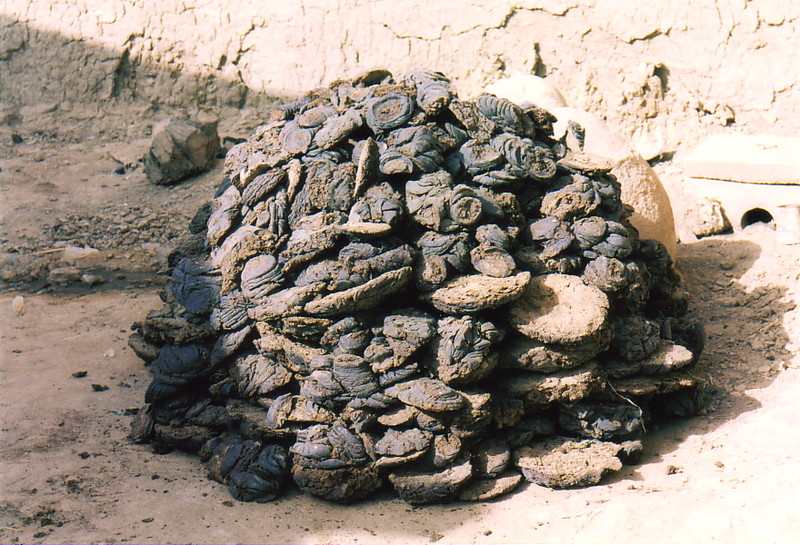
The adults were equally pleasant, saying hello and steadfastly refusing to ask me about treks to Dogon Country or whether I'd like to buy any authentic Tuareg jewellery. I couldn't believe it; sure, there were some younger men who were obviously intent on selling me their services as guides, but when I told them I'd already booked a guide for the morning they left me alone. Instead I was able to wander the winding streets alone, free to stop every now and then to marvel at the beautiful sight of mud houses silhouetted against a stunningly starry sky.
What a place...
Spiky Guide
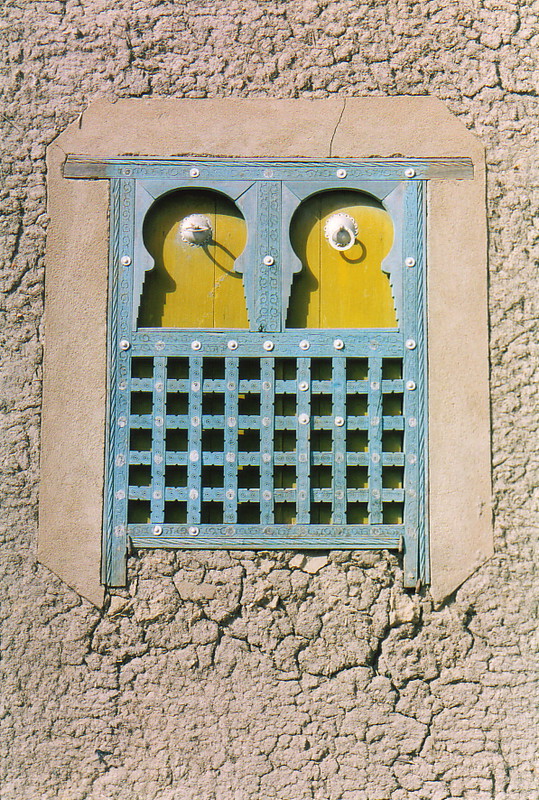
Unfortunately Assiké turned out to be a crap guide. When morning came, gone was the upbeat sales talk of the day before, and instead I ended up with a sullen youth who sounded as if he was reciting by rote. I found him hard to understand, as his English seemed to have deteriorated considerably overnight, and the tour – which he'd said would start at 8am and last until 12.30 – kicked off at 8.30 (he arrived late) and finished at 10. To be honest, I was quite glad; sure, we popped up onto three roofs for views over the town and mosque, and we walked down a lot of winding roads, but I soon tired of his monotonous recitals and his inability to enthuse about the town, and I was glad it ended up being shorter. I didn't learn anything that hadn't been in the books, and to be honest I would have had a better time wandering around aimlessly on my own, so I paid him less that we'd originally agreed and didn't bother to discuss Dogon trekking with him. There was no way I was going to take a sullen bugger like him on a week-long trek, and I figured I'd just have to look elsewhere for a Dogon guide.
Still, not even Assiké could put a dampener on Djenné. It's got it all – an amazing centrepiece, atmospheric mud buildings, friendly people and at least one good hotel – and I loved it. Mopti could learn a thing or two from its sleepy neighbour.